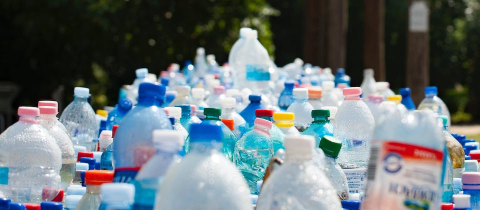Perhaps surprisingly, only about 15% of our salt intake comes from the salt shaker, the rest is found in the plethora of processed foods we consume. All that salt adds up to about 10 grams a day per person in North America. That’s a lot of salt, and a lot of unnecessary sodium. And a lot of unnecessary premature deaths. This really isn’t in doubt, unless one pays unmerited attention to the research of a small number of scientists with connections to the salt industry who maintain that the evidence about the health hazards of salt isn’t clear. It is clear. Salt raises blood pressure and increases the risk of strokes. Excess salt also increases the risk of kidney problems and stomach cancer.
Of course salt production is a multi-billion dollar industry, and one that can well afford to fund studies that will come up with favourable results, much like the tobacco industry did back in the 50s and 60s. Today, it is widely accepted that reducing smoking can save lives. So can reducing salt intake. Epidemiologists estimate that cutting salt by just five grams a day can reduce the incidence of strokes by 23%. We can well afford to do that. The human body needs only about one and a half grams of salt a day, certainly not the ten grams most people ingest. Why is there so much hidden salt in our food? People like the taste of salt, for one. Salt also increases the water content of meat, and increases thirst. All of this means greater profits for the food industry. So there isn’t much motivation there to decrease the amount of salt added. Except perhaps the fact that dead consumers don’t buy much food. But if you are going to cut down on salt, you have to do some label reading.
First thing to understand is that only about 40% of salt is sodium and it is the amount of sodium that is commonly listed on labels. One teaspoon of salt weighs about 6 grams and contains about 2.3 grams of sodium. This represents the maximum daily intake, but we really should be aiming for about 1.5 grams of sodium a day. It is not difficult to exceed that. A single tablespoon of soy sauce can almost do it. It contains about 1 gram, or 1000 mg of sodium. A croissant has 200 mg, roughly the same as a cup of cereal or a tablespoon of ketchup. A hot dog, depending on size will have anywhere from 600 to 1000 mg. Obviously it isn’t hard to exceed the 1500 mg daily limit. But it is a worthwhile enterprise. Estimates are that a reduction of just 15% in salt intake around the world could prevent millions of premature deaths. The salt industry will yell and scream, but regulatory agencies need to take measures to reduce salt intake. That is a measure guaranteed to reduce health care costs.







